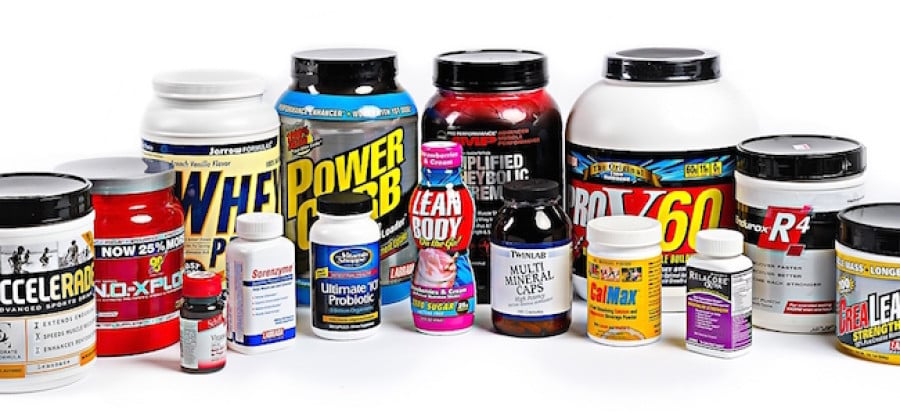The doping risks of modern sports supplements: UKAD v. Williams, Warburton

The recent decision1 of the National Anti-Doping Panel2 (NADP) in the case of Welsh athletes Gareth Warburton and Rhys Williams has brought the issue of sports nutrition products firmly into the public conscience.
The two athletes were suspended for six and four months respectively after urine samples collected by UK Anti-Doping (UKAD),3 during testing in the summer of 2014, were found to contain metabolites of certain anabolic steroids. These metabolites are “Prohibited Substances”4 the presence of which constitutes a violation of Rule 32.2(a) of the International Association of Athletics Federation Anti-Doping Rules5 (which are identical to the UK Athletics Anti-Doping Rules).
To clarify the regulatory background, the rules applicable to Williams and Warburton's case were the previous versions of the IAAF Anti-Doping Rules (dated 1 April 2012) and the UK Athletics Anti-Doping Rules, which were linked to the WADA Code 2009 ("the 2009 Code"). This was because the charges were brought prior to the WADA Code 2015 ("the 2015 Code")6 coming into force on 1 January 2015 and before the resulting implementation of current versions of the IAAF and UK Athletics IAAF Anti-Doping Rules.7 Nonetheless, the 2015 Code still had implications when it came to deciding the appropriate levels of sanction.
The pair’s periods of suspension were held by the NADP to have commenced on the relevant dates in July when charges were brought (and from which time they were provisionally suspended). As a result, they are both now free to compete again. Nonetheless, following the positive tests and the provisional suspension, both were forced to miss the Commonwealth Games in Glasgow and the period up until the final decision by the NADP, which was released in January 2015. They also incurred significant related legal costs, with Rhys Williams in particular stating, "it's cost a ridiculous amount of money to clear my name".8
In both cases, the NADP was satisfied that the source of the prohibited substances was an energy drink called Mountain Fuel: Xtreme Energy.9 Importantly, the prohibited substances in question were not listed anywhere as being contained in the Mountain Fuel product. In other words, the substances were not supposed to be components of the product and are likely to have entered it via contaminated raw materials and/or manufacturing equipment. The product could therefore be described as "contaminated". Indeed, the concept of a "contaminated product" is now defined in the the 2015 Code, which explains that this is a:
"product that contains a Prohibited Substance that is not disclosed on the product label or in information available in a reasonable Internet search".
The Mountain Fuel product was found to fall within the remit of the new definition in the 2015 Code and this was important with regard to the length of suspension imposed.
Whilst the eventual suspensions were more lenient because of the NADP’s ability to apply provisions in the 2015 Code relating to contaminated products, it is unsurprising that the athletes argued that they were victims in the whole episode. It was accepted by all involved that they had not intended to use the Mountain Fuel product for any prohibited performance-enhancing purpose and UKAD also noted during the hearing that "they are victims".10
Nonetheless, as was also pointed out during the hearing, anti-doping in sport operates by way of the principle of "strict liability": Article 2.1 of the 2015 Code states that it is their "personal duty to ensure that no Prohibited Substance enters [their] body" and "it is not necessary that intent, Fault, negligence or knowing Use" be demonstrated. As such, sportsmen and women are responsible for the substances they ingest whether or not they intend to ingest them.
The rationale behind anti-doping measures is clear: to promote doping-free sport as well as health, fairness and equality for all who participate in sport.11 Clearly, regardless of intention, it is important that prohibited performance-enhancing substances do not undermine the integrity of sporting competition.
To continue reading or watching login or register here
Already a member? Sign in
Get access to all of the expert analysis and commentary at LawInSport including articles, webinars, conference videos and podcast transcripts. Find out more here.
- Tags: Anti-Doping | Athletics | Governance | IAAF Anti-Doping Rules | International Association of Athletics Federations (IAAF) | National Anti-Doping Panel (NAPD) | Regulation | UK Anti-Doping (UKAD) | UK Athletics (UKA) | United Kingdom (UK) | Wales | World Anti-Doping Agency (WADA) | World Anti-Doping Code (WADC)
Related Articles
- New UCI Anti-Doping Rules introduced to reflect 2015 World Anti-Doping Code and further strengthen cycling’s anti-doping procedures
- A short guide to the changes under the World Anti-Doping Code 2015
- The UCI publishes Cycling Independent Reform Commission report
- Statement from USADA CEO Travis T. Tygart on the Cycling Independent Reform Commission Report
Written by
Tom Rudkin
Tom is a leading reputation, media and information lawyer, and a Partner at Farrer & Co. He advises the firm’s clients on all issues relating to their reputation, privacy, confidential information and data. Tom advises individuals, companies and other institutions on all aspects of reputation management, whether it is responding to mainstream media coverage, protecting online reputation, dealing with defamation or harassment. Consistent with the team's ethos, Tom's work is very diverse and he firmly believes in taking a holistic approach to protecting clients' reputations.
David Herbert
David has been managing the anti-doping programme at UKA since 2002. UKA has one of the best-supported and most proactive anti-doping departments amongst governing bodies in the UKA, and amongst the IAAF Federations. In his role as Anti-Doping Manager David has had direct involvement in a number of high-profile cases, has overseen the organisation of the Doping Control of World and European Championships in athletics in the UK and has been involved in the development of a comprehensive domestic anti-doping education strategy for athletics.





